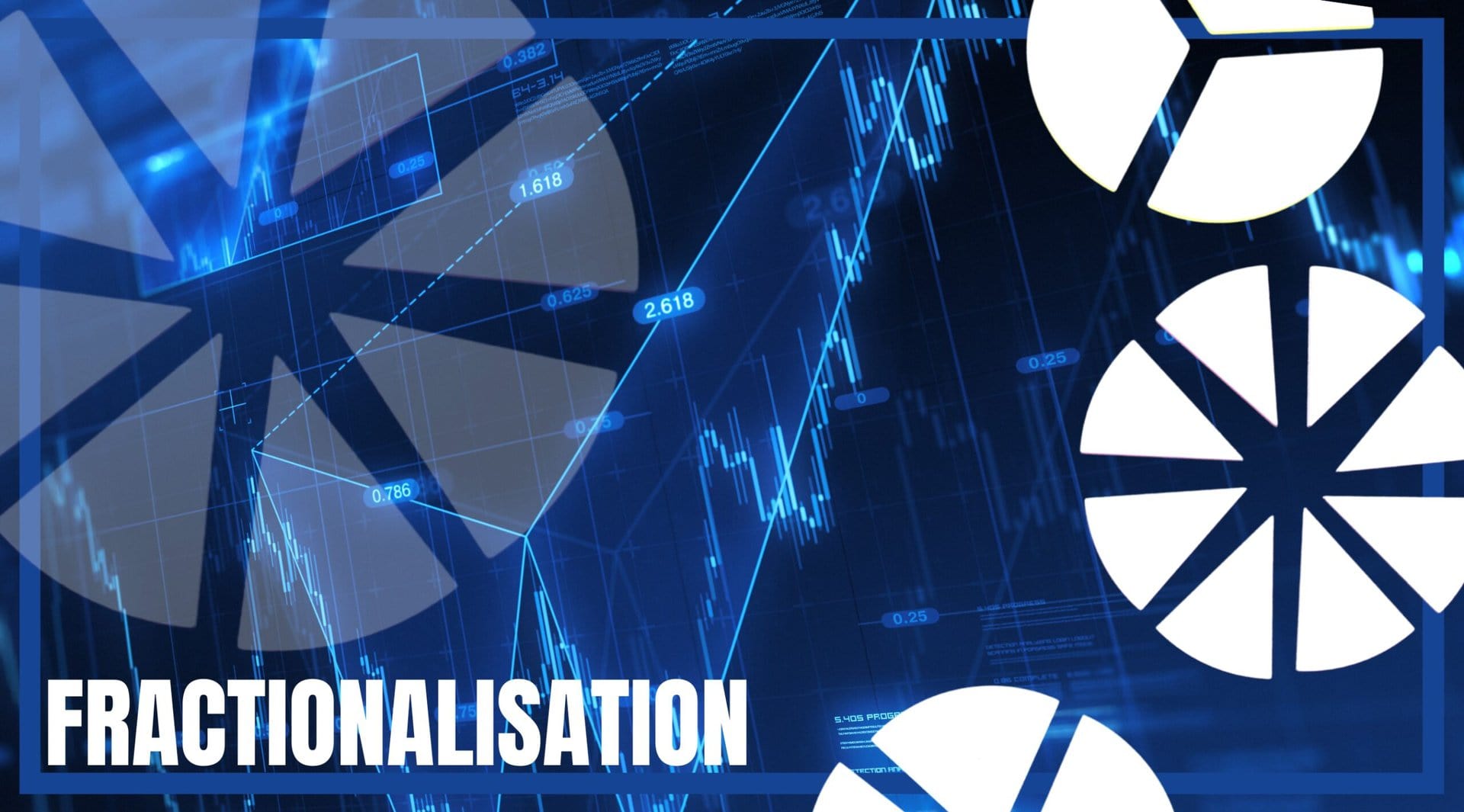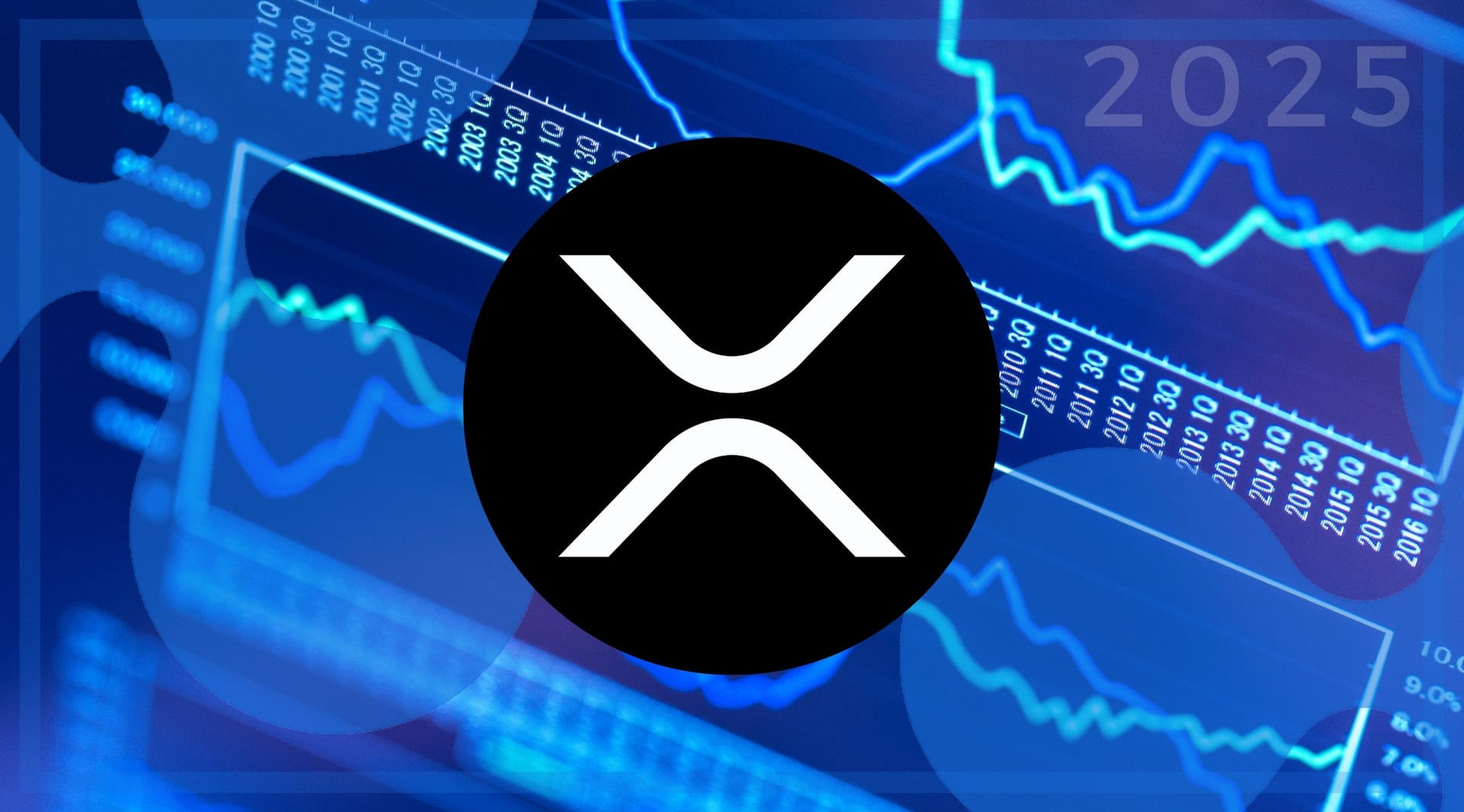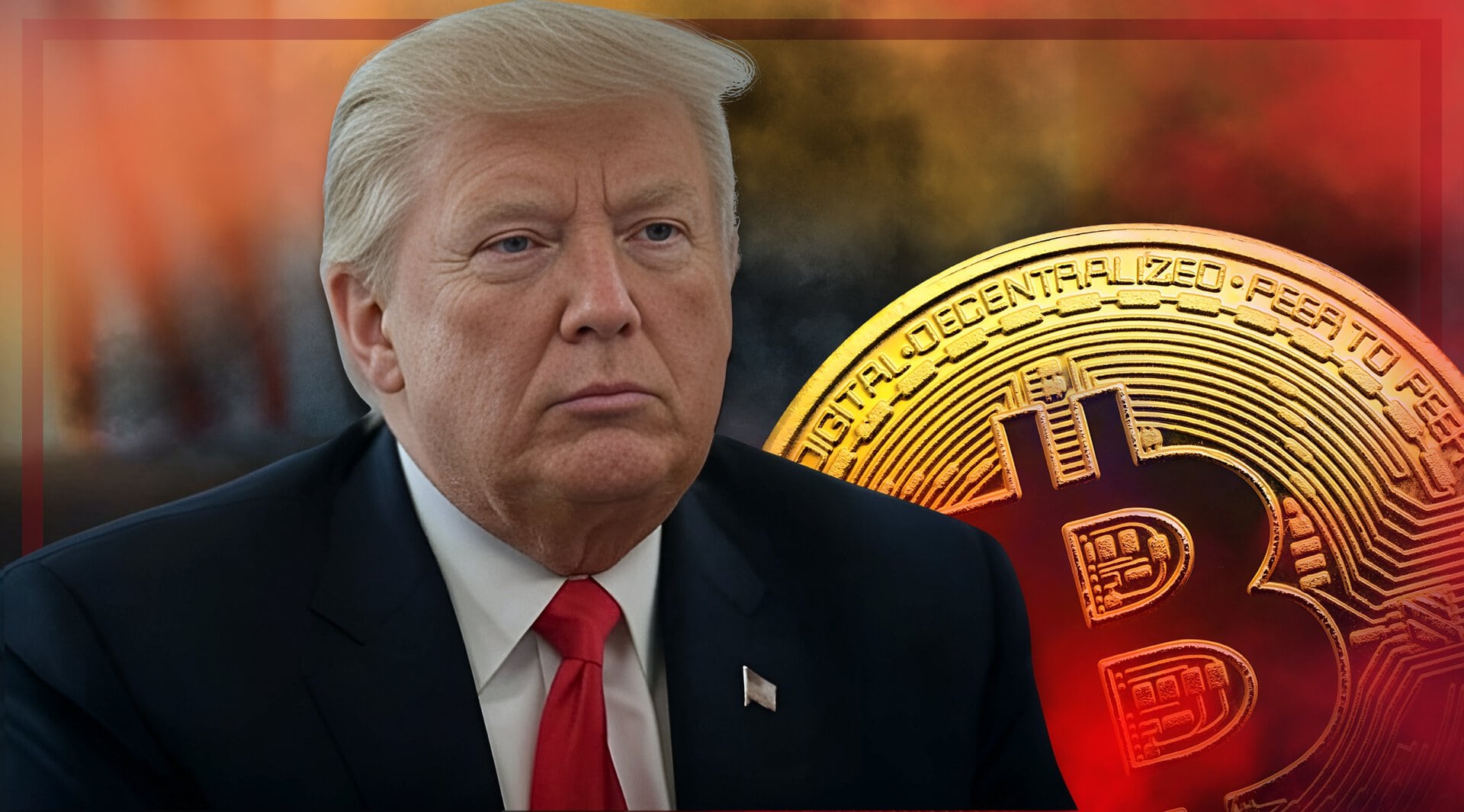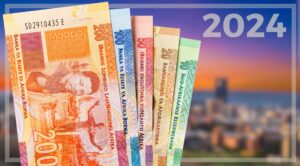For the longest time, the prices of assets had been at extreme highs due to inflation, which made it hard for people to delve into investments. So, in order to solve this problem, an affordable and safe investment option known as fractionalisation had to be implemented.
Now, breaking assets into smaller units, thereby allowing anyone to invest is gaining traction. This growth in fractionalisation has led to questions about what effects it has on investments and how it is related to tokenization.
What Is Fractionalisation?
Fractionalisation is a concept whereby ownership of an asset is divided among several people so that each person enjoys the benefits that come from their portion. This concept has been around for centuries and is now being utilized in various fields, such as real estate, mutual funds, ETFs, etc.
Applications of Fractionalisation
You can find fractionalisation in different investment ventures, but regardless, the core concept of this system remains the same. Here are some applications of fractionalisation in investments.
Real Estate

Alt text: White and red miniature house structure with a key
Fractionalisation in real estate is investing in a fraction of a property, which reduces the financial burden of owning a single property.
Not only does this plan reduce the amount you need to become a property owner, but it also allows you to see fantastic returns on investment (ROI).
This differs from a timeshare because a timeshare allows you to use a vacation property for a specified period without needing a title deed. Whereas, fractional ownership gives you ownership of the asset as well as usage rights, income sharing, superior amenities, and access to fractioned assets that belong to you.
The process is done via a special purpose vehicle (SPV) that buys the asset. When you purchase a fractionally owned asset, it is displayed as an SPV’s asset, and your contribution (as well as other individuals’) is represented in the SPV’s shareholding.
Furthermore, you or any other investor has the right to sell off their fractional ownership to anyone.
REITs
You can also find fractionalisation being implemented in real estate through a Real Estate Investment Trust (REIT). REITs differ worldwide, but generally, a REIT is an organization that owns, runs, and manages real estate properties, regardless of the type.
You can find shares of this organization on a public exchange, and they are open for sale to anyone from retail to institutional investors.
Note that owning a REIT does not mean you own any part of real estate assets. Hence, you cannot use these properties for personal use. Instead, you are given a fraction of the income obtained from these assets.
When you own a REIT, you are entitled to dividends annually. Furthermore, you may also receive benefits from property capital appreciation, meaning that you may profit from the buying and selling of assets.
ETFs
Exchange Traded Funds (ETFs) are popular due to how successful they have been. Also, they give investors access to various assets ranging from equities, commodities, currencies, and bonds.
With ETFs, an organization creates a fund that owns a few assets. Afterward, shares of this fund are listed on a public exchange, where investors can buy portions of said fund.
Mutual Funds
The principles of mutual funds are similar to that of ETFs. In this scheme, investors gather money into a fund and use the money to buy assets. Each investor owns a fraction of the assets in this fund.
Shares
Essentially, when you purchase shares in a company, you own a portion of said company. This is possible because, in most cases, the price of a single unit is affordable for most investors, with costs as low as a few dollars.
Therefore, using the concept of fractionalisation, ownership and control of a company by several investors is possible. The dividend you receive from your shares varies based on how well the company performs.
Benefits of Fractionalisation
Affordability
Many people want to invest but cannot afford to do so due to high prices. However, fractionalisation is a cost-effective method that allows individuals to invest without having to pay a huge amount upfront. For instance, investing in Zillow would typically cost you hundreds of dollars, but with fractionalisation, you can pay as low as $1.
Diverse Portfolio
When investing, there is a possibility that you might lose all your capital, and this is why investors like to diversify their portfolios by investing in various assets.
With fractionalised investment, you can diversify your portfolio by investing in numerous buys for small amounts. Doing this allows you to reduce your portfolio’s volatility.
Effect of Fractionalisation on the Investment Landscape
In the past, investing could only be done by a few, which left very little room for mass investment. Back then, investors could easily own a diverse portfolio by purchasing listed assets. Also, unlisted equities were mostly saved for institutional investors who had large amounts of money to invest.
However, fractionalisation is breaking this norm. It is giving more individuals access to investment options such as stocks using the power of digitalisation.
Now, with unlisted investments broken up into smaller fractions, a larger pool of investors can partake in the process.
Furthermore, platforms that offer fractional investment opportunities to everyone at the same time eliminate the unfairness that comes with private investment opportunities.
Before this innovation, private offerings would typically be bought by private investors who had an in with the primary deal sponsor. However, with small investment sizes, anyone, from farmers to business moguls, has access to the same assets.
Besides the fairness that comes with fractional investing, the concept also gives everyone a chance to grow their money, no matter how small. Fractionalisation offers individuals the opportunity to invest with as little as they want and see dividends.
How Fractionalisation Affects Financial Advisors

Alt text: Woman signing on paper next to another woman holding documents
Financial advisors can look at the concept of fractionalisation in two ways. For one, it allows their clients to access a variety of investment opportunities without their help.
On the other hand, they can look at this development as a way to help their clients make better financial decisions. They can advise them on how to reallocate funds and improve the diversity of their portfolio, among other helpful pieces of advice.
Difference Between Tokenization and Fractionalisation
Some people tend to use the terms “tokenization” and “fractionalisation” interchangeably. However, these words differ and cannot be replaced by one another.
Tokenization defines financial instruments whose ownership is represented using a token found on a blockchain. In this context, owning a token means you get to control the private key linked to the address of the token, or someone else (you give consent to) can control it for you.
On the other hand,
The term “fractionalization” refers to the process of sharing an asset among multiple parties for the purpose of reducing the cost that would be incurred by one person who owned the entire asset.
While fractionalisation can happen on a blockchain, it does not necessarily need to. For example, you can buy fractional shares from Robinhood, which are offered on a traditional centralized system.
How Tokenization Relates to Fractionalisation
The innovation of blockchain led people, especially newbies, to believe that tokenization is needed for fractionalising. However, tokenization is simply a representation of shares and does not need to be included in fractionalisation.
In addition, a token cannot be used like a cryptocurrency because of regulations that are in place. There are no rules as to when to use tokenization and when not to. Every situation differs, and there are times when using tokenization would be appropriate and times when it would not.
Tokenization is not used often because it cannot be fully utilized for security. Due to this minimal application, several issuers would rather not use tokenization until the SEC offers clear efficiencies.
In the event that an issuer makes the decision to implement tokenization, they will be required to incorporate an extra step into the procedure.
Keep in mind that this additional step requires completion from the issuer as well as their providers.
The last and most important step in the process of obtaining fractionalisation through tokenization is for the issuer to represent shares using a blockchain-based instrument.
Conclusion
Fractionalisation is not a new concept; it has been around for a long time. You can find applications in different areas, ranging from real estate to mutual funds.
One of the most impactful effects of this concept is that it allows average investors to take advantage of lowered prices and purchase a fraction of certain assets. By doing so, they get to enjoy the benefits that come with owning these assets.
Ultimately, fractionalisation is an infrastructure that will lead to more people investing in assets because now they can afford to pay for them due to lower prices.
Author: Cooper Haywood















